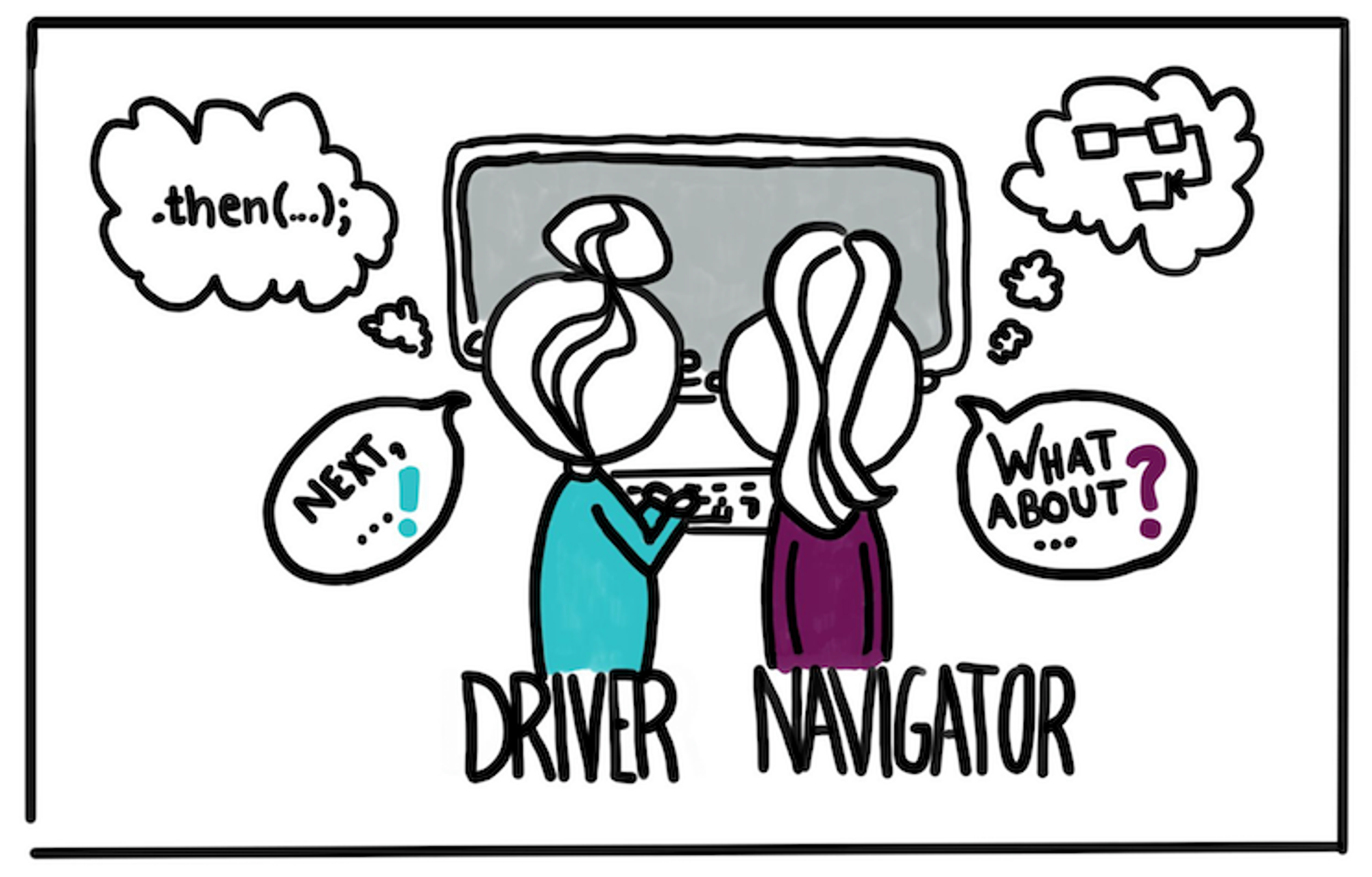Sunday, August 10, 2025
Building a Healthy Engineering Team Culture: Balancing Collaboration and Autonomy


1. Pair Programming: More Than Two People Sharing a Keyboard
If you’ve never done it, pair programming might sound like one person typing while another silently watches — not exactly thrilling. In reality, it’s more like a live problem-solving jam session.
Here’s a common scenario:
You’re tackling a gnarly bug that only appears in production when a very specific set of user actions happen in a certain order. You and a teammate jump on a call, share the screen, and start digging through logs. One person drives — typing commands, navigating files. The other plays navigator — suggesting places to look, asking “what if” questions, and spotting patterns the driver might miss.
Other times, it’s more like pair teaching.
A senior engineer might pair with a junior engineer on a new feature. The senior explains why they’re structuring a function a certain way, or how they decide between two possible database queries. The junior asks questions on the spot, learns, and often spots fresh opportunities the senior hadn’t considered.
The magic is that knowledge flows in both directions — and when the feature is done, two people (not one) fully understand how it works.
Tips for making it work:
- Switch roles every so often — don’t let one person “own” the keyboard.
- Keep sessions focused and time-boxed.
- Pair when onboarding new folks, untangling complex problems, or making critical architecture decisions — not for every single line of code.
2. Code Reviews: Conversations, Not Checklists
Code reviews aren’t just for catching bugs — they’re for building shared understanding. The healthiest review cultures feel less like “grading homework” and more like “trading ideas.”
A bad review might look like this:
“This is wrong, use X instead of Y.”
A good review sounds more like:
“I’m curious why you chose this approach — have you considered X? It might make the error handling simpler.”
Good reviewers explain why they’re suggesting something and are just as ready to learn from the author as they are to teach. And they remember to call out what’s great — not just what needs fixing.
Pro tip: Automate the trivial stuff (formatting, spacing, linting) so human reviewers can focus on architecture, clarity, and maintainability.
3. Shared Standards: Freedom Within a Common Framework
Every engineer likes to work their own way — but without some shared rules of the road, you end up with a patchwork codebase where every file feels like it was written by a different team.
Good shared standards are like a team’s collective muscle memory:
- How we name variables and functions.
- What our branching strategy is.
- How we log and handle errors.
For example:
Your team agrees that all API endpoints must include structured error messages in a consistent JSON format. That way, every service handles errors predictably — no matter who wrote the code.
The key is that standards shouldn’t be frozen in time. They should evolve as your tools and understanding evolve.
4. Autonomy: Trust as the Default
Healthy teams give engineers real decision-making power — within clear boundaries. It’s the difference between feeling like a task-doer and feeling like an owner.
An autonomous team might get a goal like:
“We need page load time under two seconds.”
How they get there — caching strategy, database tuning, frontend optimizations — is up to them.
Autonomy works best when paired with alignment:
- Everyone understands the “why” behind decisions.
- The “how” is left to the people closest to the work.
That trust encourages creativity, speeds up delivery, and keeps morale high.
Wrapping It Up
When done well, these practices reinforce each other:
- Pair programming spreads context.
- Code reviews deepen collaboration.
- Shared standards keep things consistent.
- Autonomy keeps people motivated.
Culture isn’t built in a single offsite or an all-hands speech. It’s built in the way we work every day — in how we write together, review together, decide together, and trust each other.
A healthy engineering culture isn’t just about happier engineers — it’s about building better software, faster, and with fewer surprises. And that’s a win for everyone.